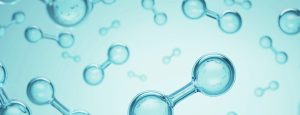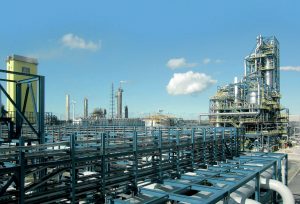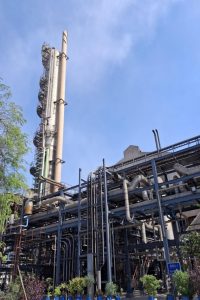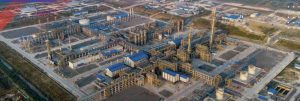lomarlabs, the innovation arm of Lomar Shipping, has announced a strategic collaboration with Newlight, a technology company specialising in hybrid hydrogen-diesel engine retrofits, to accelerate the adoption of cost-effective, lower-emission solutions for the shipping industry. This collaboration will focus on retrofitting conventional diesel engines to operate on a hydrogen-diesel mix, reducing fuel consumption on average by 20% and significantly lowering greenhouse gas emissions. Savings of up to 30% have already been demonstrated in workshop trials and this new collaboration will seek to replicate this onboard vessels.








